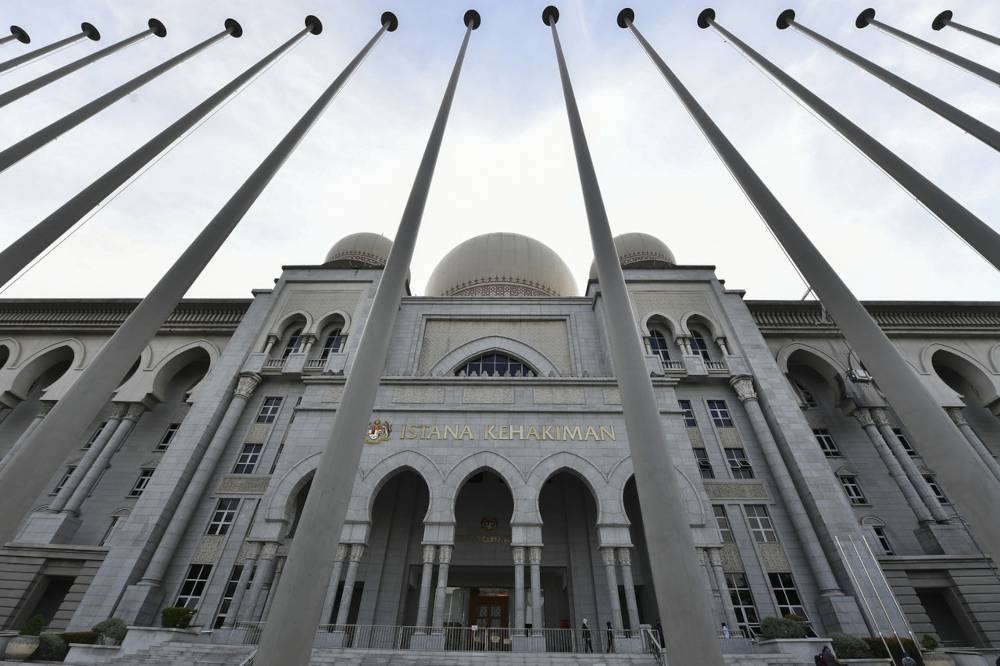JAN 13 — International treaties nowadays are not written in one language but in several languages. As a matter of fact, universal treaties are usually written in the six official languages of the United Nations — that is, Arabic, Chinese, English, French, Russian and Spanish.
When the 1929 Geneva Conventions were written, they were in French only. When the 1949 Conventions were drafted, they were simultaneously in English and French. The common Article 55/54/133/150 declared the two languages to be equally authentic and instructed the depositary to arrange for official translations in the Russian and Spanish languages.
Which of the treaty in the several languages is recognised — or authenticated as the term is used — as a true original, whether in one or several languages, depends on the decision of the body in which the treaty is adopted.
In general, these will be the languages in which the body concerned conducted its work or, at least, in which it adopted the treaty. However, a treaty may provide that one of the authenticated texts will prevail in case of divergence.
As a matter of fact, again, the Vienna Convention on the Law of Treaties (VCLT), which is known as the “treaty on treaties”, and which establishes comprehensive rules, procedures, and guidelines for how treaties are defined, drafted, amended, interpreted, and generally operated, makes provision in Article 33 on “Interpretation of treaties authenticated in two or more languages” as follow:
(1) When a treaty has been authenticated in two or more languages, the text is equally authoritative in each language, unless the treaty provides or the parties agree that, in case of divergence, a particular text shall prevail.
(2) A version of the treaty in a language other than one of those in which the text was authenticated shall be considered an authentic text only if the treaty so provides or the parties so agree.
(3) The terms of the treaty are presumed to have the same meaning in each authentic text.
(4) Except where a particular text prevails in accordance with paragraph 1, when a comparison of the authentic texts discloses a difference of meaning which the application of Articles 31 [“General rule of interpretation”] and 32 [“Supplementary means of interpretation”] does not remove, the meaning which best reconciles the texts, having regard to the object and purpose of the treaty, shall be adopted.
The above clearly provides that the terms of a treaty are presumed to have the same meaning in each authentic text. If a comparison of the authentic texts discloses a difference in meaning, the treaty may provide or the parties may agree that a particular text shall prevail.
If no particular text shall prevail in case of divergence, Article 33(4) provides that if the difference in meaning cannot be removed, the meaning must be adopted which best reconciles the texts, having regard to the object and purpose of the treaty.
The VCLT recognises that having several authentic texts may create problems in case of divergence or contradiction. However, the divergence may be resolved in accordance with the rules and means of interpretation which best reconciles the texts, having regard to the object and purpose of the treaty.

The same may guide us when the Federal Constitution is in two languages — that is, English and Bahasa Melayu. Article 160B may be amended to provide that each text is equally authoritative in each language.
The provisions of the Constitution are presumed to have the same meaning in each authentic text. When there is a divergence of meanings, the meaning which best reconciles the two texts, having regard to the object and purpose of the provision(s), shall be adopted.
*This is the personal opinion of the writer or publication and does not necessarily represent the views of Malay Mail.





















